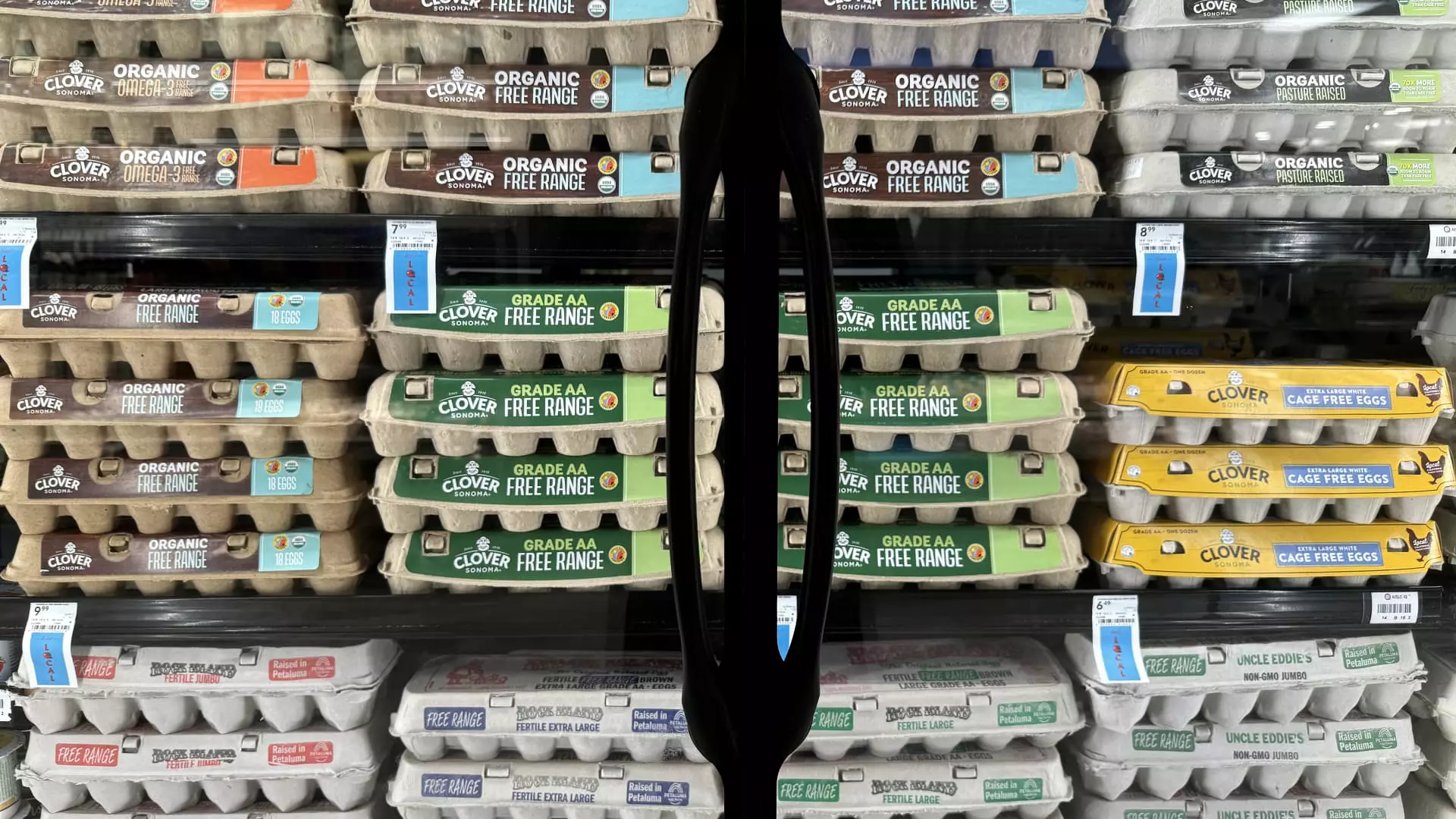As the U.S. grapples with a fluctuating economic landscape, recent reports reveal significant trends in inflation and employment. According to the Labor Department, inflation surged unexpectedly in September, even as jobless claims saw a notable increase linked to Hurricane Helene’s aftermath. This article delves into the nuances of these economic indicators and examines their implications for future monetary policy and market dynamics.
The consumer price index (CPI), a crucial metric reflecting the changes in prices for a basket of goods and services, recorded a seasonally adjusted increase of 0.2% in September. This milestone propelled the yearly inflation rate to an annualized rate of 2.4%, marginally exceeding expectations by 0.1 percentage points as predicted by analysts at Dow Jones. Noteworthy is the annual inflation rate’s reduction of 0.1 percentage points from August, marking the lowest rate since February 2021.
A deeper analysis reveals that when devoid of volatile food and energy prices, core inflation surged by 0.3% month-over-month, leading to an annual rate of 3.3%. This metric, pivotal for the Federal Reserve’s assessments, indicates that inflationary pressures are manifesting in various sectors. Crucially, more than three-quarters of the inflation growth derived from notable increases in food and shelter prices, both of which play critical roles in consumers’ budgets.
Delving into the specifics, several factors contributed to the uptick in inflation. Food prices alone experienced a dramatic rise of 0.4%, exacerbated by significant increases in costs for categories like eggs and butter, which saw yearly increases of 39.6% and 7.8%, respectively. Additionally, shelter costs have also remained persistently high, with a year-over-year increase of 4.9%. This is particularly relevant considering that shelter expenses constitute roughly one-third of the CPI calculation.
On the automotive front, both used and new vehicle prices contributed to the inflationary trend, climbing by 0.3% and 0.2%, respectively. Medical services costs surged by 0.7%, while apparel prices witnessed a striking monthly increase of 1.1%. These rising costs might be indicative of broader supply chain issues and labor shortages, which have become characteristic of the current economic environment.
In response to these inflationary figures, the Federal Reserve has adjusted its approach to monetary policy. Following a prior rate reduction, officials are now faced with the challenge of navigating between fostering economic growth and controlling inflation, particularly as inflation remains above their 2% target. Despite the upward pressure on prices indicated by the CPI, traders and market analysts have begun anticipating further rate cuts. The CME Group’s FedWatch gauge currently suggests a roughly 86% probability of another quarter percentage point cut during the upcoming policy meeting in early November.
However, the Fed’s confidence in whether it can maintain this trajectory is tempered by growing concerns about the labor market. The recent unexpected spike in jobless claims illustrates these worries starkly.
The job market’s recent data reveal a troubling upward trend in initial unemployment claims. The seasonally adjusted figure for the week ending October 5 climbed to 258,000, an increase of 33,000 from the previous week and substantially above the anticipated 230,000. Continuing claims further illustrated this trend, rising to 1.861 million, indicative of ongoing layoffs and hiring challenges exacerbated by lagging economic conditions.
The hurricane’s impact on local economies, particularly in severely affected states such as Florida and North Carolina, highlights the fragility of the job market. The total increase in claims from these states alone points to the potential for broader economic disruption, as communities struggle to recover from the storm.
The recent inflation data and jobless claims report together present a complex picture of the U.S. economy. While inflation appears to be stabilizing, the emerging challenges within the labor market raise critical questions regarding future economic growth. As the Federal Reserve navigates these dual challenges, the interplay between inflation and employment will likely shape its policy decisions in the months ahead. Policymakers must remain vigilant, responding adeptly to changing economic indicators while fostering conditions that support long-term stability and growth.


Leave a Reply